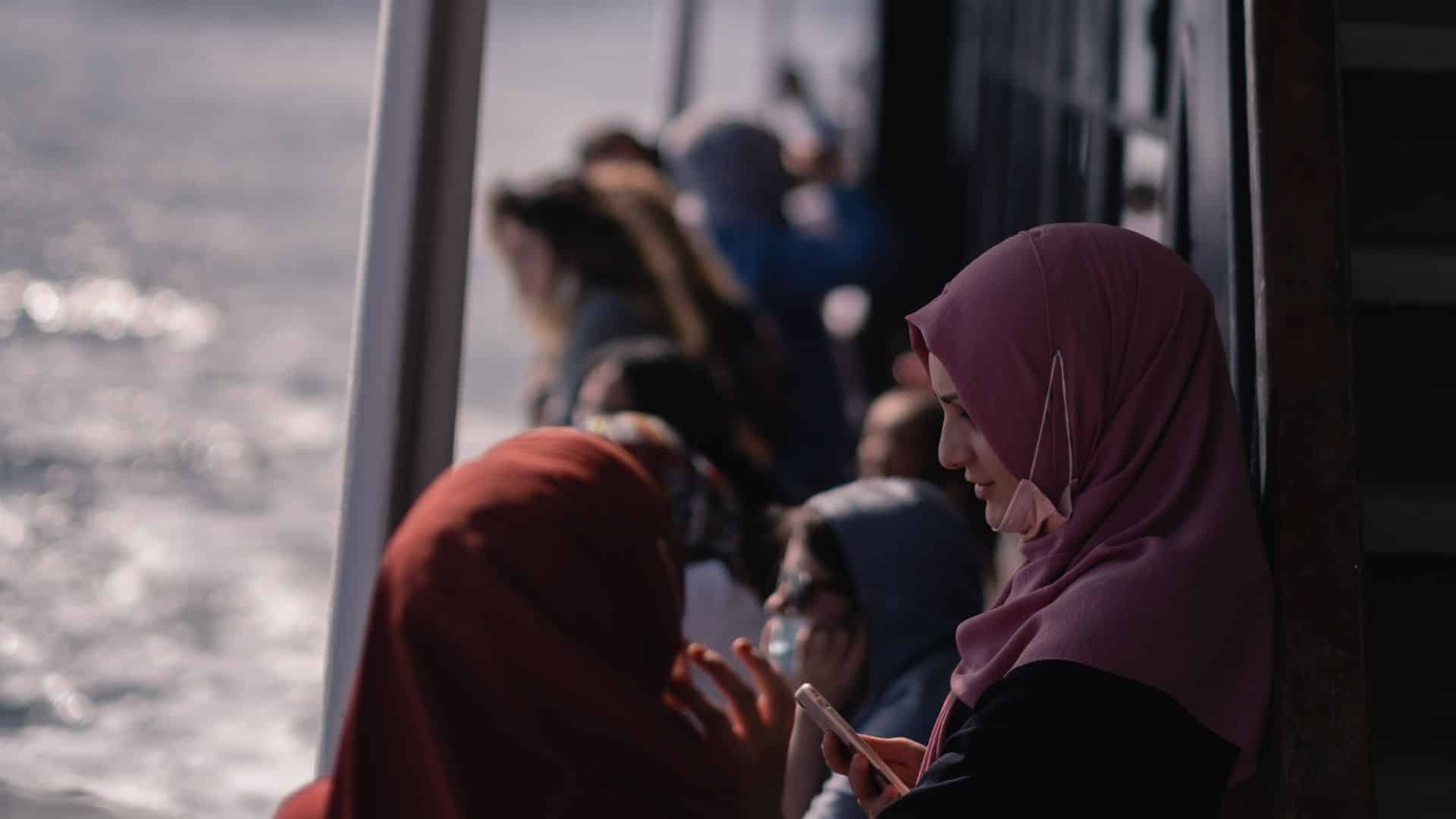In my experience, it’s rare to find a diverse team of tour guides.
There are a lot of reasons for this, which vary from region to region. To oversimplify it, it comes down to who gets the privilege of telling the story of a destination.
Who gets to be a “local” tour guide?
A ‘local tour guide’ has become a buzzword for the emerging trend of ‘authentic, local tours’.
And this also happens to be a regular debate I would have with teams who would strictly define local as; “someone who was born in the city (or at least in the country) where they were guiding”.
True, there is something very special about having a guide who has a history in the place you’re touring. On a tour of Little Italy, I used to point out to guests the apartment where my Grandmother grew up.
On the other hand, there’s a LOT of value in an ex-pat guide who can explain to you why New Yorkers might come off as rude to an outsider (something that might be hard for a native to put into words because they would argue New Yorkers are very nice).
If all of your guides have a similar background and experience (in guiding and in life), your tours are all going to be comprised of the same stories and histories.
However, when you have a diverse team, there are so many more perspectives, stories, and skills to share, boosting your entire team, and enriching your tours.
In this article, I’ll define what a diverse team look like and list some of the benefits that come with that diversity.

Share this article
What does a diverse team look like?
Each city and country is diverse in its own way.
A diverse team in Tulum, Mexico will look very different than a diverse team in Johanessburg, South Africa.
The idea is simply to have your tour guide team accurately reflect the diversity of your destination.
Only then can you reap the full benefits of skill-sharing and story-sharing between guides.
Here are some suggestions of ways you can achieve a diverse team;
- Natives & Non-Natives
In Japan, there was a team that was very hesitant to hire ex-pat tour guides, thinking guests would be disappointed when they discovered their English-speaking ‘local guide’ was a white man from California.
However, as I mentioned before, there is a lot of amazing insight an ex-pat can provide to travelers (who are foreigners themselves).
Pitched correctly to the guests, it can be seen as a great value.
Eventually, that team in Japan began hiring ex-pats and saw a huge change in their original team (all Japanese natives).
Their English proficiency improved (through regular team meetings with their English-native colleagues), and they were able to understand foreign guests better through the perspectives of the ex-pat guides.
- Age Diversity
A younger guide giving a tour of 9/11 might be able to recall their impressions of what was going on as a child, but someone who was already an adult on that fateful day will be able to share more impactful stories with their fellow guides.
They will also be able to give better insight into tour details for older guests, for example pointing out that a new proposed tour route has too much walking without a bathroom stop, or that there needs to be an elevator option.
To the same point, younger guides can keep the older ones up to date on younger trends happening in the city from music to food.
- Racial Diversity
Even in the most homogenous cities, you will find racial diversity. Immigrants have spread across the world for generations.
Requiring your guides to read about the history of Chinatown in San Francisco is one thing, but having Chinese-American guides who can tell stories of family generations ago who worked on the railroads is going to raise the bar of your tour content.
Think about indigenous people, gypsies, modern-day immigrants, religious groups, etc.
The ugly fact is that very often minorities don’t have the same privileges as the majority and while tour guides certainly don’t make riches, there is a certain privilege to taking the leap to freelance.
Go one step further and partner with local non-profits offering job training to these minority groups.*
*Another category entirely could be Socio-Economic Diversity. Invisible Cities, a social enterprise dreamed up by Zakia Moulaoui, trains people affected by homelessness to become walking guides.
- Experience Diversity
More experienced guides obviously bring a lot to the table. But guiding is hard, and even the best guides fall victim to falling into a routine. Newer guides, who can learn so much from more experienced guides, can also bring new energy and a willingness to evolve and grow, which can be infectious for your team.
Another obvious, and important variety to have that I haven’t mentioned here is, which could be an article of itself.
You’d be surprised at how many companies have 50/50 male-female, yet if you look at guides who give the beer tour, 99% male (and not for lack of interest).
Then, of course, you’re missing an entire group of people who are non-conforming. I cannot stress enough, the more variety of life experiences you have on your team, the better & more relevant, your tours.


